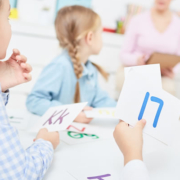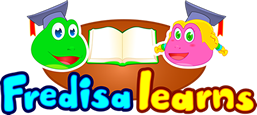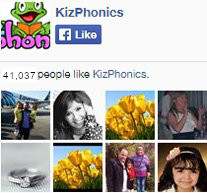Exploring the Alphabets in Sign Language for Phonics Education
Learning the alphabets forms the bedrock of phonics education, and incorporating sign language can open new doors of communication for children. The alphabets for sign language not only enhance visual learning but also promote inclusivity. In this guide, we will journey through the fascinating world of the alphabets in sign language, understanding its relevance in phonics, and discovering the various ways it can be integrated into education.
Sign Language and Phonics: A Unique Blend
Sign language, at its core, is a visual means of conveying speech through gestures and hand movements. The alphabets in sign offer a tactile and visual approach to phonics education, making learning an interactive experience for children. This method of learning helps in developing a multi-modal understanding of letters and sounds.
Benefits of Using the Alphabets for Sign Language in Phonics
Multi-sensory Learning: By integrating sign language, children can engage multiple senses. They not only hear the phonetic sounds but can also see and replicate them using their hands.
Inclusivity: Introducing the alphabets in sign ensures that children with hearing impairments are not left out. This creates an inclusive learning environment where all children have equal opportunities to learn.
Memory Enhancement: Physical movement, such as hand gestures, can enhance memory retention. As children practice the alphabets in sign, they may find it easier to remember and recall phonetic sounds.
The Alphabets in Sign Language Chart: A Visual Guide
An "alphabets in sign language chart" serves as an invaluable tool for educators and learners alike. Such a chart visually represents each alphabet with its corresponding sign, allowing for easy reference and practice.
These charts can be incorporated into daily phonics lessons, used as posters in classrooms, or even as a fun activity sheet. The interactive nature of the chart encourages children to practice signing as they learn phonetic sounds. For an extensive collection of phonics charts, including those related to sign language, you can visit kizphonics charts.
Integrating the Alphabets in Sign into Phonics Lessons
Start with Basics: Begin with a few basic alphabets, introducing their signs and sounds simultaneously. Use the alphabets in sign language chart for visual aid.
Interactive Activities: Organize games where children can communicate using the alphabets in sign. This promotes active learning.
Reading and Signing: As children read aloud, encourage them to sign the alphabets. This reinforces both their phonetic and signing skills.
Storytelling with Signs: Narrate stories using a mix of verbal communication and sign language. This adds a fun, interactive element to storytelling sessions.
For more educational resources and innovative teaching methods, check out kizphonics blog.
Fact Section: FAQs
Q: What is the purpose of introducing the alphabets in sign language to phonics?
A: Introducing the alphabets in sign language to phonics promotes multi-sensory learning, ensures inclusivity for hearing-impaired students, and can enhance memory retention.
Q: Where can I find a detailed alphabets in sign language chart?
A: Comprehensive charts showcasing the alphabets in sign language can be found on educational websites such as kizphonics.
Q: Can sign language be integrated into regular phonics lessons?
A: Absolutely! Sign language can be seamlessly integrated into daily phonics lessons, making learning more interactive and inclusive.
Q: Is sign language only beneficial for hearing-impaired students?
A: While sign language is vital for hearing-impaired individuals, it can benefit all students by offering a visual and tactile learning experience.
In conclusion, incorporating the alphabets for sign language in phonics education offers a dynamic and inclusive approach to learning. It engages students, fosters a deeper understanding of alphabets and sounds, and ensures that every child, regardless of their hearing abilities, has the chance to learn effectively.











